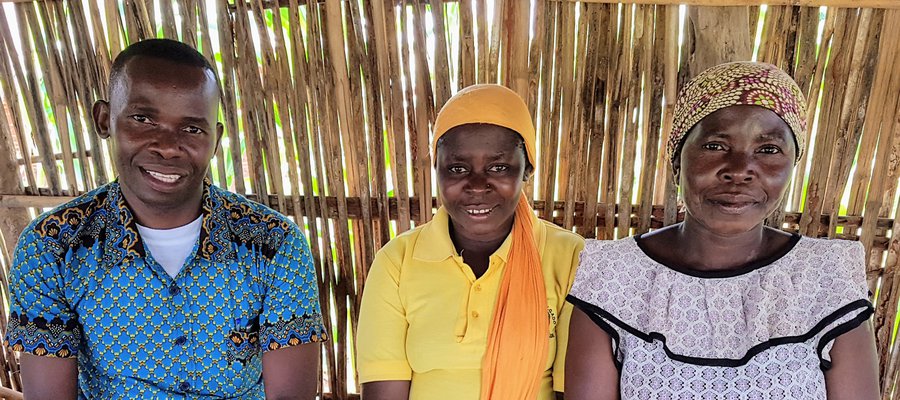We aim to end leprosy transmission by 2035, but we won’t stop there

We believe we can end the transmission of leprosy by 2035. To wipe out a disease as ancient as leprosy would be an amazing feat. Only one other disease in history has been eradicated (smallpox) so we will have a big reason to celebrate.
However, our work will not be finished in 2035. There will still be millions of people living with the consequences of leprosy and we must continue to care for them.
Leprosy can lead to life-long disabilities that must be cared for
Leprosy is a disease that attacks the nerves in the face, arms and legs. This means that, without proper and timely treatment, a person can develop disabilities of the feet, hands and eyes. A person may experience claw hand, which means they struggle to hold anything from a pencil to a glass. They could also experience drop foot, which means they need assistive footwear and surgery in order to walk without injuring themselves.
Other common disabilities include a loss of feeling, which means that a person can pick up a hot pan without realising the damage they are doing to their skin. They could also, for example, stand on a sharp stone and not realise their foot is being damaged. When these injuries go unnoticed and untreated, they can lead to ulcers, which, in a worst-case scenario without proper treatment, can lead to amputations.
A person may also have nerve damage in the eyes, which can mean, among other things, that they are not able to close their eyelids. Because of a loss of feeling around the eye, a person may also stop feeling when their eyes are dry, which can have serious consequences for the health of their eyes.
All of these disabilities can be serious. With early diagnosis and proper treatment these disabilities are manageable, or even preventable. However, even after the last person is diagnosed in 2035, there will still be people living with leprosy-related disabilities for decades. The Leprosy Mission will not forget those people. We will care for them and offer them all the support they need.
Leprosy can lead to devastating stigma
Leprosy is also a disease that generates a lot of fear, stigma, and discrimination. There are false beliefs around leprosy, including the fear that it’s a curse, that it’s highly contagious, or that it’s incurable. All of these are false.
Our teams around the world are working hard to break down leprosy-related stigma by improving communities’ knowledge of the disease. However, we know that, even after 2035, people affected by leprosy may face stigma from their communities. They may be forced away from their homes, families, communities, and jobs.
For as long as there are people living with the effects of leprosy, The Leprosy Mission will stand behind them and work towards a world where people affected by leprosy are able to access all of their human rights and live full and happy lives as contributing members of society.
We won’t give up after 2035
When we end the transmission of leprosy we will have huge reasons to celebrate. But that won’t stop us working for and with those who will live with the consequences of leprosy for decades to come.